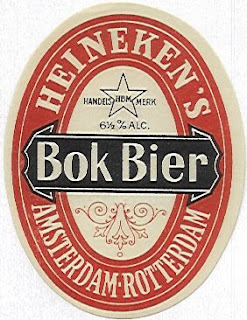19th-century Mild Ales can confuse the hell out of people. Especially stronger ones, like this. Pale, hoppy and pretty strong. What exactly makes it a Mild Ale, then? The simple fact that it was sold without any ageing, just a couple of weeks, at most, after being brewed.
XX was considerably more heavily hopped than X Ale: 12 lbs per quarter (336 lbs) of malt, compared to 8 lbs. In fact, the hopping rate was the same as for PA and XLK, Barclay’s two Bitters.
The malt bill couldn’t be simpler, just a single type of pale malt. There’s really nothing at all to discuss there.
Equal quantities of East Kent and Worcester hops, both from the 1885 harvest, made up the hops. As this beer was brewed in May, the freshest hops you could get.
Sadly, Barclays didn’t brew this beer for much longer. Like most other large London brewers, by around 1900 they’d slimmed down to brewing just a single Mild Ale. This batch was brewed on their small kit and consisted of a mere 50 barrels. While X Ale was often brewed 1,000 barrels at a time.
| 1886 Barclay Perkins XX Ale | ||
| pale malt | 17.75 lb | 100.00% |
| Fuggles 120 mins | 4.00 oz | |
| Goldings 30 mins | 4.00 oz | |
| Goldings dry hops | 1.00 oz | |
| OG | 1076 | |
| FG | 1023 | |
| ABV | 7.01 | |
| Apparent attenuation | 69.74% | |
| IBU | 82 | |
| SRM | 6 | |
| Mash at | 150º F | |
| Sparge at | 165º F | |
| Boil time | 120 minutes | |
| pitching temp | 60º F | |
| Yeast | Wyeast 1099 Whitbread ale | |








